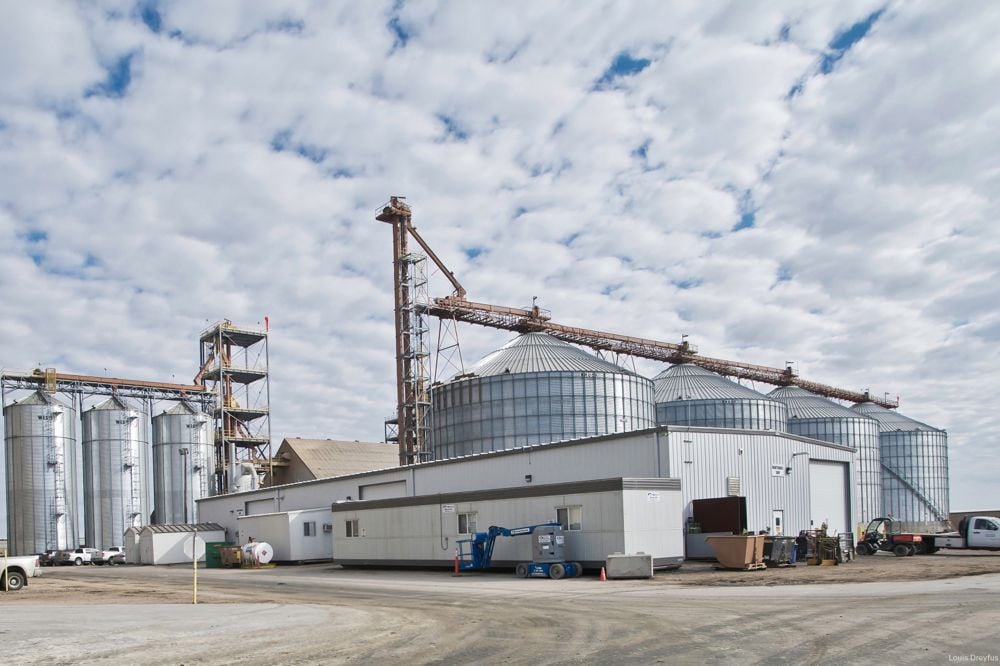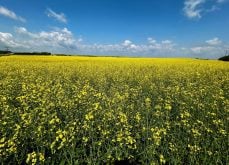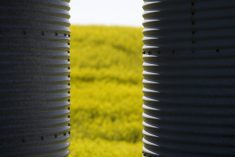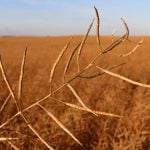Bayer CropScience released details of new seed treatment technology today that, based on company data, reduces the amount of insecticide-laden dust when planting corn and soybeans.
The Bayer announcement follows a Pest Management Regulatory Agency document that came out Sept. 13. In that document, the PMRA stated “the use of neonicotinoid treated corn and soybean seed are not sustainable” because contaminated dust from planters are killing bees.
In its release, Bayer said lab and field trials for a new seed lubricant indicate it is possible to dramatically reduce the amount of dust emitted from corn and soybean planters.
Read Also

Louis Dreyfus posts higher volumes, lower profits in first half
Agricultural commodity merchant Louis Dreyfus Company recorded a rise in first-half sales, supported by higher volumes shipped, but weaker prices for most crops pushed down profits, it said on Friday.
“We were impressed by the success of this new fluency agent when we examined the field trial results,” said Paul Thiel, Bayer CropScience vice-president of innovation and public affairs.
“Although potential exposure from corn planting is relatively rare, co-operation among applicators, growers and beekeepers is a critical part of effective best management practices for seed treatment applications and important for pollinator health.”
Bayer has developed a new seed lubricant, which it describes as a fluency agent, made from a polyethylene wax. The new product would replace talc and graphite products that are used to reduce friction, thus permitting seeds to flow through planting equipment.
Lab tests indicate the new lubricant reduced dust and emissions by 90 percent compared to talc and 60 percent relative to graphite.
In collaboration with growers and planter manufacturers, Bayer conducted field trials on 40,000 acres this spring in North America to test out the new product under real world conditions.
Bayer said grower feedback has been positive. The new lubricant performed equal or better than talc and graphite. As well, it was less dusty during application.
The Bayer announcement is likely in response to a PMRA document released late last week. The PMRA issued a notice of intent titled: “Action to protect bees from exposure to neonicotinoid pesticides.”
In the document, PMRA scientists said in the spring of 2012 it received a “significant number of pollinator mortality reports” from beekeepers in corn growing regions of Ontario and Quebec.
Subsequent testing showed 70 percent of dead bee samples tested positive for neonicotinoid insecticides. Corn, soybean and canola growers across North America plant seed treated with neonicotinoids to protect the seed and immature plant from insects.
“We concluded that the majority of pollinator mortalities were a result of exposure to neonicotinoid insecticides, likely through exposure to contaminated dust generated during the planting of treated corn seed,” PMRA scientists said.
This spring, the PMRA received more reports of dead bees in corn and soybean growing areas in Ontario, Quebec and Manitoba. As a result, the PMRA concluded in its notice of intent that “current agricultural practices related to the use of neonicotinoid treated corn and soybean seed are not sustainable.”
For the 2014 planting season, the PMRA would like to establish new protocols to protect bees, including:
• Requiring the use of safer, dust-reducing seed flow lubricants.
• Safer seed planting practices.
• New pesticide and seed package labels with enhanced warnings.
• Requiring information to justify the continued use of neonicotinoid seed treatments on corn and soybean seeds.
The PMRA said interested parties are encouraged to comment on its conclusions and recommendations for neonicotinoid seed treatments. The deadline for written comments is Dec. 12.















